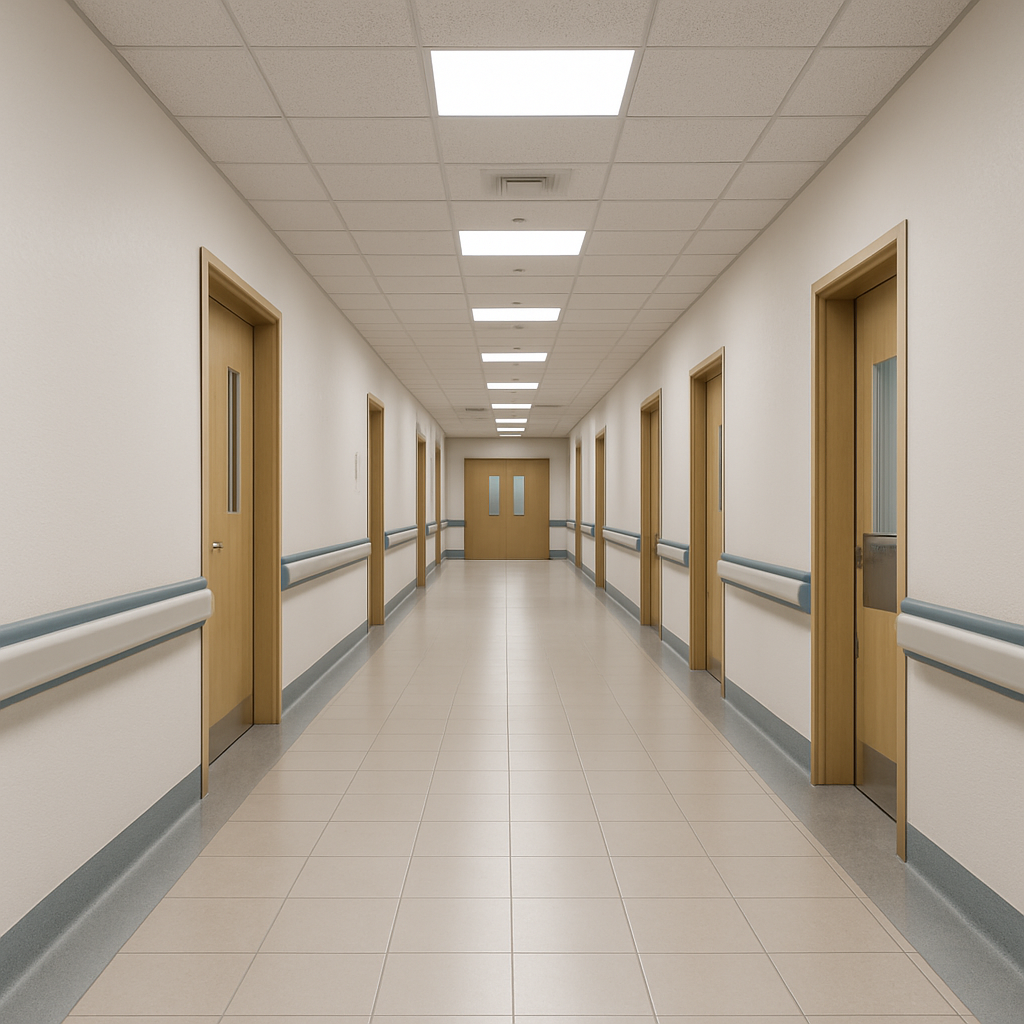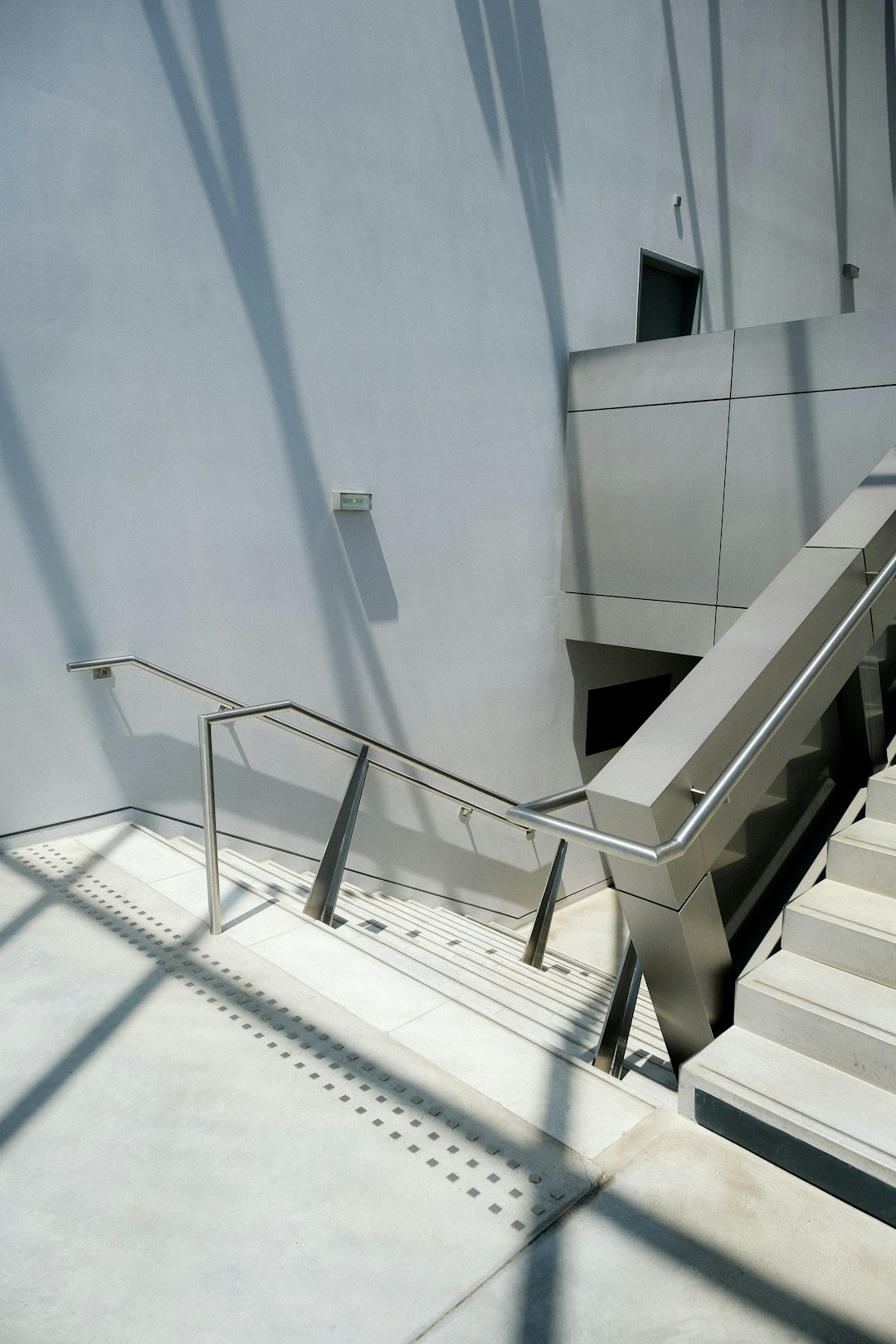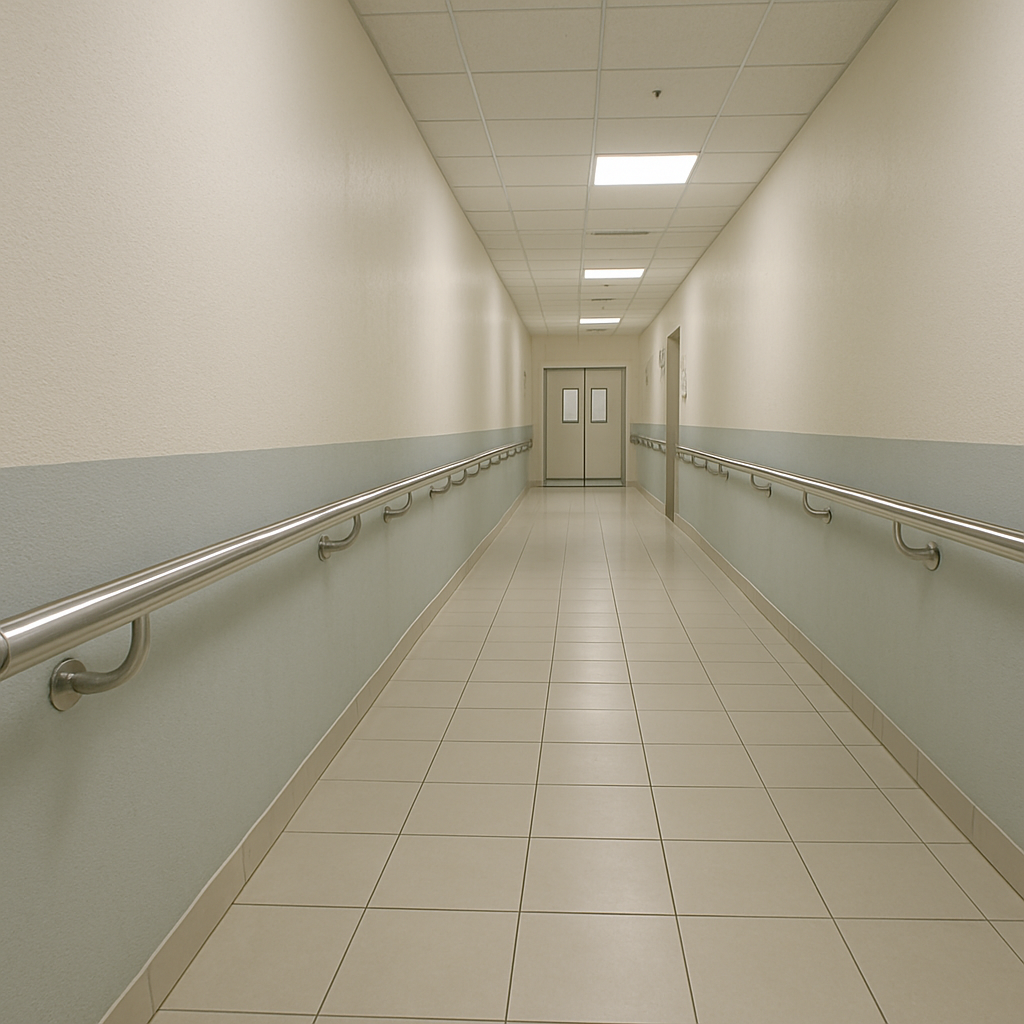 Service Hotline:13510328459
Service Hotline:13510328459
 205-206, 2nd Floor, Building 2, Xiazao Village Industrial Zone, Gaofeng Community, Dalang Street, Longhua District, Shenzhen City
205-206, 2nd Floor, Building 2, Xiazao Village Industrial Zone, Gaofeng Community, Dalang Street, Longhua District, Shenzhen City
 Service Hotline:13510328459
Service Hotline:13510328459
 205-206, 2nd Floor, Building 2, Xiazao Village Industrial Zone, Gaofeng Community, Dalang Street, Longhua District, Shenzhen City
205-206, 2nd Floor, Building 2, Xiazao Village Industrial Zone, Gaofeng Community, Dalang Street, Longhua District, Shenzhen City
Time:2025-09-15 Preview:
In the realm of healthcare facilities, every detail matters. From the layout of the rooms to the materials used in construction, each element plays a role in creating a safe and efficient environment for both patients and staff. One such crucial component is the handrail. Handrails are more than just supportive structures; they are integral to ensuring safety and accessibility within hospitals. In this article, we will explore the significance of hospital handrails and provide insights into their design through high-definition real photos.

Hospital handrails are essential in maintaining a safe environment for patients, visitors, and healthcare workers. They provide stability and support, especially for those with mobility challenges or those recovering from surgeries. Handrails are strategically placed in corridors, staircases, and other areas where additional support may be necessary.
Safety is the primary reason for installing handrails in hospitals. They help prevent falls and accidents by offering a steady grip for individuals who need support while walking. This is particularly important in hospitals where patients may be weak or unsteady on their feet.
Moreover, handrails contribute to accessibility, ensuring that hospitals comply with regulations such as the Americans with Disabilities Act (ADA). By providing support along pathways and hallways, handrails make it easier for individuals with disabilities to navigate the facility independently.

When designing handrails for hospitals, aesthetics and functionality go hand in hand. The design must be visually appealing while also serving its purpose effectively.
The choice of material is critical in handrail design. Stainless steel is a popular choice due to its durability and resistance to wear and tear. It is also easy to clean, which is crucial in maintaining hygiene standards in hospitals.
Wood is another option, offering a warm and inviting look. However, it requires more maintenance to ensure it remains sanitary and in good condition. Some hospitals opt for a combination of materials, using stainless steel for support and wood for aesthetic appeal.
Ergonomics plays a significant role in the design of hospital handrails. The shape and size of the handrail should allow for a comfortable grip, reducing strain on the user's hands and wrists. Rounded edges and smooth surfaces are preferred to prevent injury.
Additionally, the height of the handrail is crucial. It should be installed at a level that accommodates both adults and children, ensuring that everyone can use it comfortably.
While functionality is paramount, the visual aspect of handrails cannot be overlooked. Handrails should complement the overall interior design of the hospital. This integration helps create a cohesive and welcoming environment for patients and visitors.
Hospital designers often work with architects and interior designers to select handrails that match the facility's theme and color scheme. This attention to detail can enhance the overall aesthetic appeal of the hospital.

High-definition photos of hospital handrails offer a closer look at their design and functionality. These images showcase the different styles and materials used in various healthcare facilities, providing inspiration for new projects or renovations.
Modern hospital handrails often feature sleek, minimalist designs. Stainless steel with a matte finish is a common choice, offering a contemporary look that is both stylish and practical.
For hospitals with a more traditional or historic design, wooden handrails with intricate details may be used. These handrails add a touch of elegance while maintaining their functional purpose.
Some hospitals incorporate innovative handrail designs that include additional features like integrated lighting. These designs not only provide support but also enhance visibility in corridors and staircases.
Hospital handrails are a vital component of healthcare facility design, providing safety, accessibility, and aesthetic value. Through high-definition photos, we can appreciate the thought and care that goes into selecting and designing handrails for hospitals. Whether opting for modern stainless steel or traditional wood, the right handrail design can enhance the functionality and appearance of a hospital, ultimately contributing to a safer and more welcoming environment for all.
By understanding the importance of hospital handrails and exploring various design options, healthcare facilities can make informed decisions that benefit patients, visitors, and staff alike. As we continue to prioritize safety and accessibility, the design of hospital handrails will evolve, offering new solutions that meet the needs of diverse healthcare environments.
